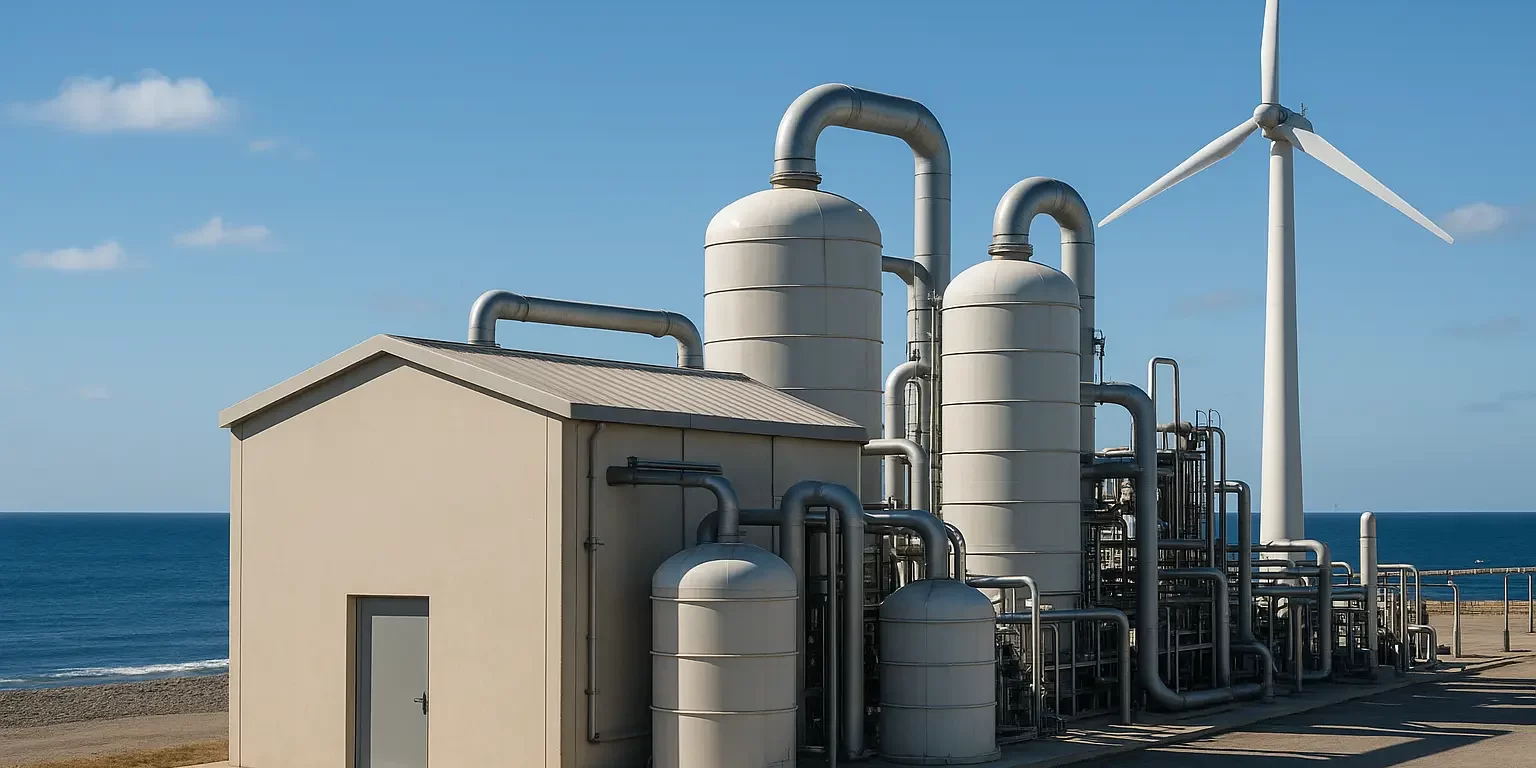As global water scarcity intensifies, desalination has emerged as a critical solution.
From drought-prone California to the water-stressed Gulf states, seawater desalination offers a dependable, climate-resilient source of drinking water.
While the technology is essential in some regions, the environmental impacts of desalination cannot be ignored.
Industry forecasts predict that global desalination capacity will grow by 25% between 2025 and 2029, with the market value increasing from US$15 billion in 2024 to US$20 billion by 2027.
This rapid growth is being driven by erratic rainfall, depleted groundwater supplies, and rising demand in drought‑affected areas. But without careful management, the environmental costs could outweigh the benefits.
Brine Discharge and Marine Ecosystem Damage
A significant challenge facing desalination plants is brine waste management. Desalination produces large volumes of highly concentrated brine, often double the salinity of seawater, which is commonly discharged directly back into the ocean. This sudden salt overload reduces oxygen levels, creating marine “dead zones” where biodiversity declines sharply.
Brine may also contain chemical treatment residues, including coagulants and cleaning agents, which can pose additional risks to marine ecosystems. As desalination capacity grows, finding sustainable methods for brine disposal is becoming an urgent environmental priority.
High Energy Demand and Carbon Emissions
Most desalination plants run on fossil‑fuel‑based energy, making the process energy‑intensive and carbon‑heavy. In the Middle East and North Africa, where over 95% of desalination capacity is located, reliance on fossil fuels drives up greenhouse gas emissions.
Even with advances in reverse osmosis technology, desalination remains one of the most energy‑consuming forms of water production, highlighting the need for low‑energy desalination solutions that can deliver water security without accelerating climate change.
Towards a Balanced Approach
While desalination is vital in certain regions, experts agree it cannot be the sole answer to global water scarcity. A sustainable water management strategy must integrate water conservation, wastewater recycling, and advanced treatment technologies alongside desalination to reduce environmental harm and extend freshwater availability.
Scotmas: Enabling Cleaner, Greener Desalination
At Scotmas, we’re committed to elevating seawater desalination through our cutting-edge chlorine dioxide solutions, designed to make reverse osmosis (RO) systems safer, more efficient, and far less harmful to the environment. Key benefits of our technology are:
- Ultra-Pure Chlorine Dioxide with Bravo Ultra‑Pure (BUP): Our patented Bravo Ultra‑Pure generator produces the cleanest ClO₂ available, achieving up to 99.7% purity by filtering out impurities and disinfection by-products. It delivers exact dosing to seawater intakes, pre-treatment zones, RO membranes, and post-treatment stages, without generating harmful DBPs (disinfection by-products).
- Enhanced Operational Efficiency & Reduced Maintenance: Ultra-Pure ClO₂ effectively controls biofouling, keeping membranes cleaner for longer and reducing the frequency of clean-in-place (CIP) cycles. This supports steady osmotic pressure and optimal system performance while lowering energy and chemical usage.
- Lower Chemical Footprint & Environmental Impact: ClO₂ is a selective oxidant effective at low doses, minimising overall chemical consumption. Unlike conventional chlorine, it forms fewer harmful by-products, breaking down into benign chlorite or chloride by-products, making it more eco‑friendly for marine release.
- Effective Across Varying Conditions: ClO₂ remains powerful across a wide pH range, unlike chlorine-based disinfectants. It’s also highly effective at penetrating and controlling biofilm, a significant source of membrane fouling in SWRO systems.
- Customised Consultancy & Reliable Engineering: We don’t just supply chemicals, we partner with you. Scotmas tailors solutions to your project needs and supports implementation with robust PLC-based control systems, skid-mounted or containerised for ease of installation. We collaborate with leading automation partners like Siemens, Schneider, Allen-Bradley, and Mitsubishi as required.
Scotmas’ chlorine dioxide-based technology transforms SWRO desalination into a cleaner, more efficient, and environmentally responsible operation. By combining high-purity chemistry, advanced dosing, and engineering excellence, we help water operators meet the growing demand for clean water without compromising the planet.
If you operate a desalination facility or manage municipal water supplies, talk to Scotmas about how our chlorine dioxide technology can help you deliver cleaner water, more efficiently and with a reduced environmental footprint.
Learn more by visiting https://www.scotmas.com/sectors/reverse-osmosis-swro/ or call us today on +44 (0)1573 226901 or email us at enquiries@scotmas.com






